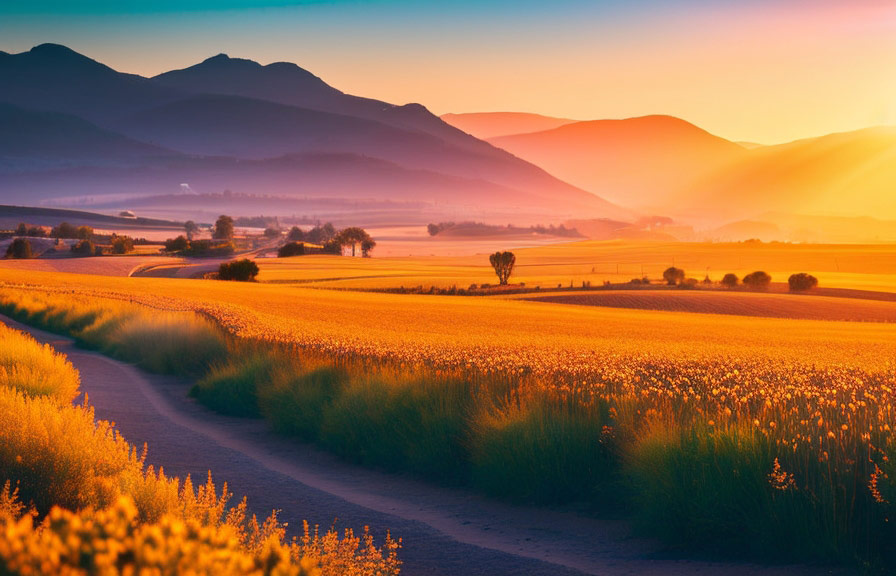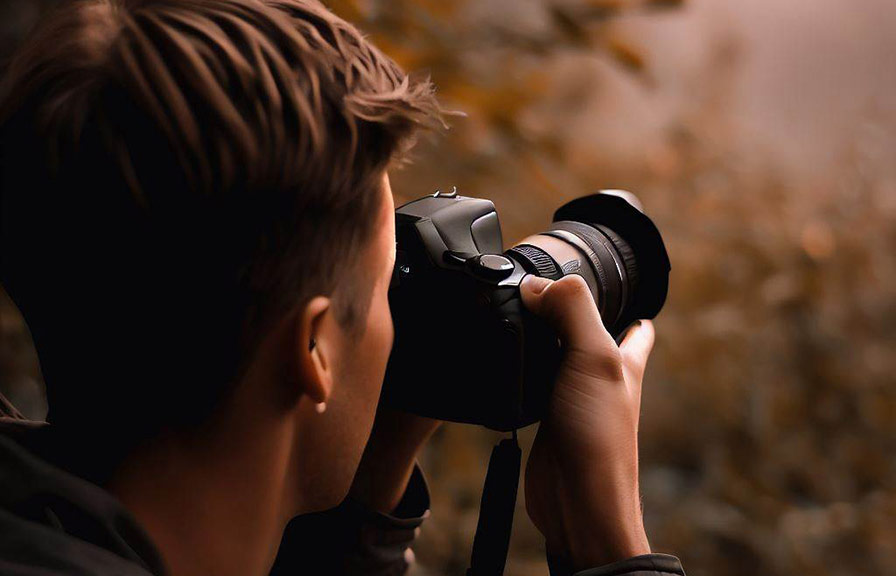Did you know that nature photography can have a positive impact on your mental health? studies have shown that spending time in nature and capturing its beauty can help reduce stress and increase feelings of happiness. with that in mind, let's dive into the world of nature photography and learn how
To take stunning photos that you'll be proud to share.

Finding the perfect nature photography locations
The first step in taking a good nature photo is finding the perfect location. here are some tips to help you find photogenic spots:
1. Explore local parks and nature reserves: you don't have to travel far to find great nature photography opportunities. local parks, forests, and nature reserves are often filled with beautiful landscapes and wildlife, just waiting to be photographed.
2. Use online resources: websites like 500px and viewbug can help you discover popular nature photography spots in your area. also, social media platforms like instagram are great for location scouting simply search for nature-related hashtags and geotags to find picturesque spots.
3. Ask fellow photographers: join local photography clubs or online forums to connect with other nature photographers. they can be a wealth of knowledge when it comes to finding hidden gems in your area.
4. Visit during different seasons: nature is always changing, and a location that might not
Seem interesting in one season could be breathtaking in another. make sure to revisit your favorite spots throughout the year to capture the beauty of each season.
Mastering the art of lighting in nature photography
Lighting is a crucial element in any type of photography, and nature photography is no exception. here are some tips for using light to your advantage:
1. Take advantage of golden hours: the golden hoursshortly after sunrise and before sunset are the best times for nature photography. during these hours, the light is soft and warm, creating a magical atmosphere that enhances the beauty of your subject. 2.
Make use of natural light: while artificial lighting can be useful in some situations, nothing beats the beauty of natural light. when photographing landscapes, try using a polarizing filter to reduce glare and enhance colors.
For wildlife photography, a fill flash can help illuminate your subject without disturbing the natural setting.
3. Work with the weather: cloudy days might not seem ideal for nature photography, but they can provide soft, even lighting that's perfect for capturing intricate details.
On the other hand, harsh sunlight can create interesting shadows, adding depth and dimension to your images.
Editing your nature photos like a pro
Once you've taken your nature photos, editing can help enhance their beauty and bring your vision to life. here are some tips for editing your nature photos:
1. Crop and straighten: sometimes, all a photo needs is a bit of cropping and straightening to improve its composition. keep the rule of thirds in mind when cropping, and use the straightening tool to ensure your horizon lines are level.
2. Adjust exposure and contrast: adjusting exposure and contrast can help bring out details in your photos, creating a more dynamic and engaging image. be careful not to overdo it, though you don't want your photos to look unnatural.
3. Boost colors selectively: nature photography is all about capturing the vibrant colors of the world around us. use tools like selective color adjustment or hsl sliders to enhance specific colors in your image. just remember, subtlety is key overly saturated photos can look fake and unappealing.
4. Remove distractions: sometimes, small distractions like litter, stray branches, or distracting elements can detract from an otherwise great photo. use spot healing or clone tools to remove these distractions and create a cleaner image.
Fun fact: the world's smallest camera
You might be surprised to learn that the world's smallest camera is actually smaller than a grain of salt! researchers at the university of stuttgart in germany created this minuscule camera using 3d printing technology, and it's capable of capturing images with a resolution of 100 pixels.
While it's not quite suitable for nature photography, it's an amazing testament to the rapid advancements in camera technology.
Conclusion
Taking a good nature photo involves a combination of finding the perfect location, mastering lighting techniques, and skillful editing. with practice and patience, you'll be well on your way to capturing stunning nature images that evoke a sense of wonder and appreciation for the natural world.
Remember, the journey is just as important as the destination so get out there, explore, and enjoy the process of honing your nature photography skills.
